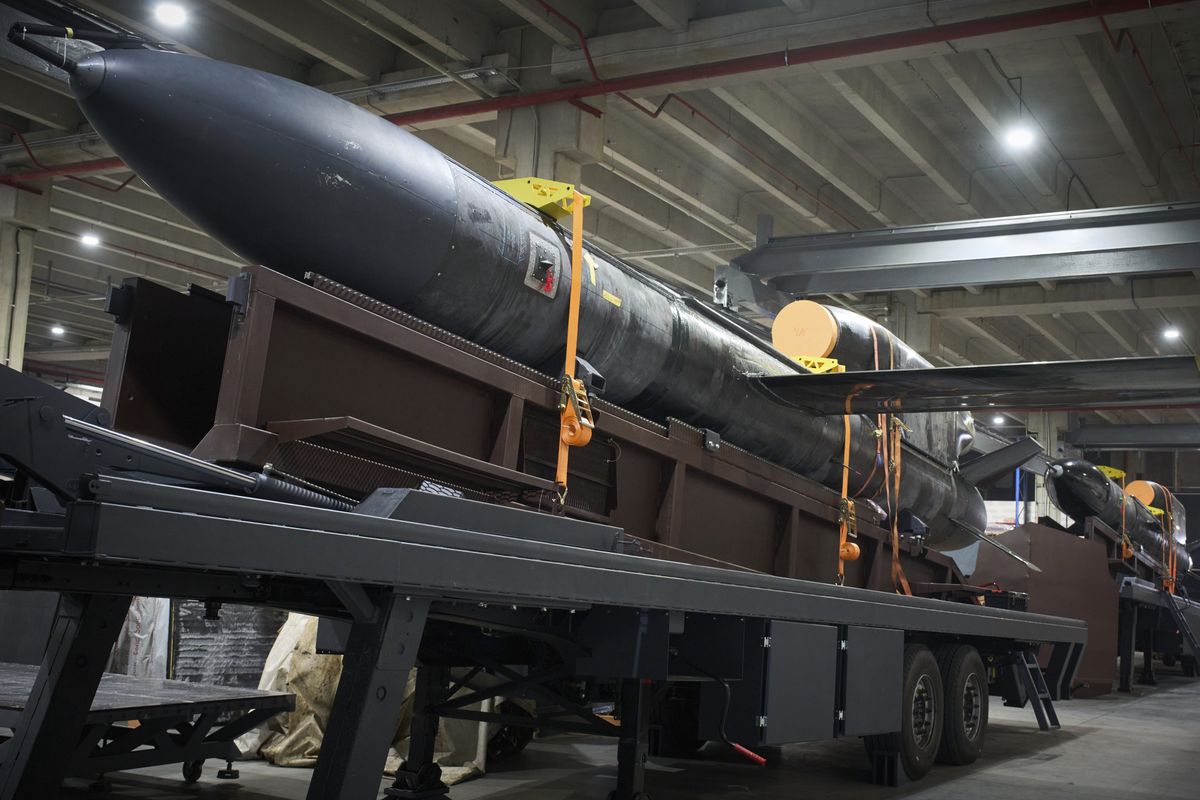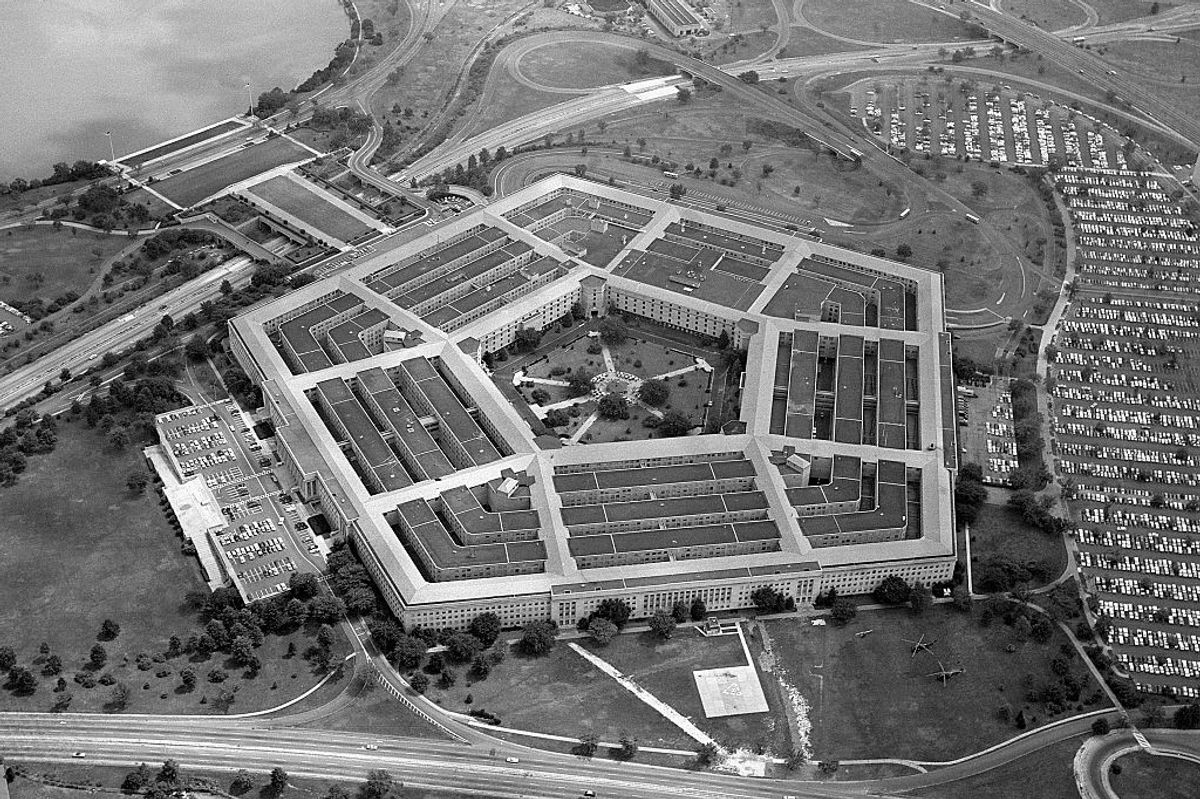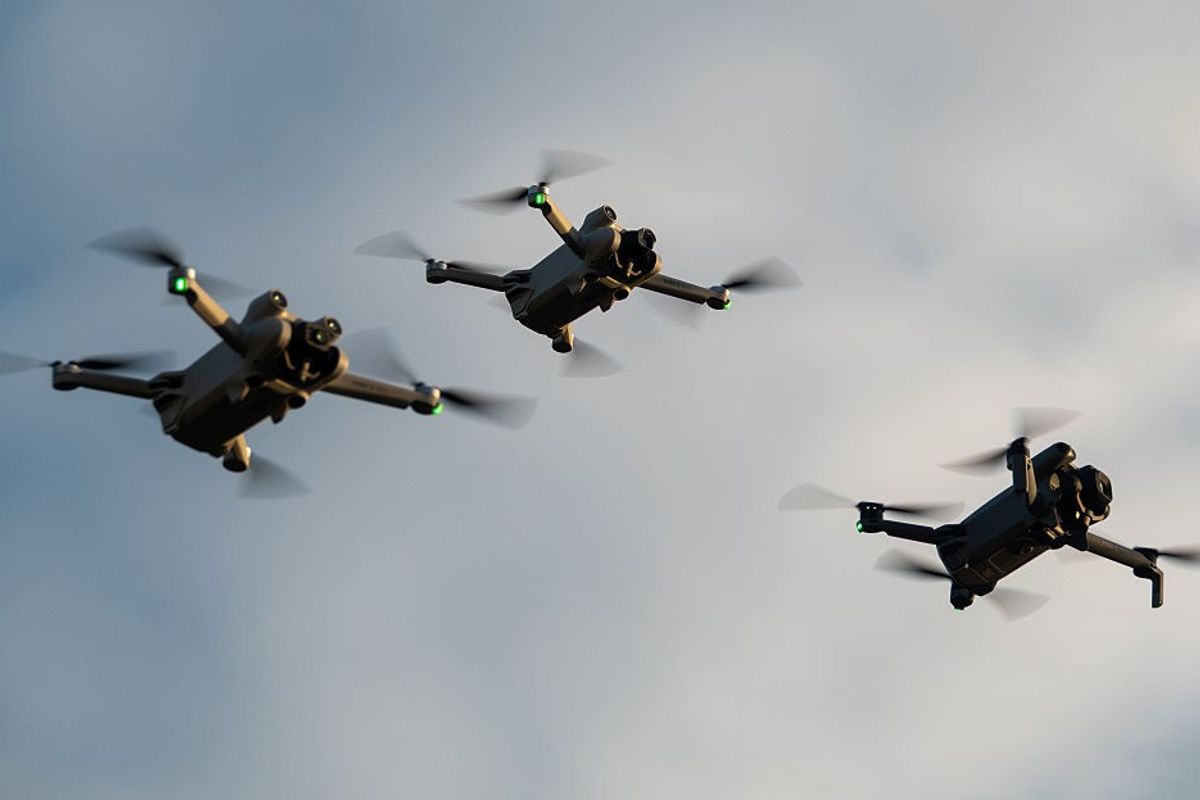DEEP DIVE — While Ukraine presses for more military support from the West and fewer restrictions on the use of NATO weapons, the country’s shortage of trained troops is raising fresh concerns among commanders and political leaders.
As Russian forces make slow but steady gains in Ukraine’s eastern Donbas region – recently seizing Vulhedar, a coal mining and transportation hub – the Ukrainian military is blaming deficits of weapons and soldiers for its battlefield retreats.
The Financial Times wrote last week that Ukraine “is struggling to restore its depleted ranks with motivated and well-trained soldiers.” The New York Times, citing Ukrainian soldiers who fought in the losing battle for Vulhedar, reported that “years of fighting without rotation or proper replenishment had taken its toll.” The Washington Post chimed in: a shortage of weapons, “combined with Ukraine’s perennial challenge to replenish its combat units and its focus on a large operation inside Russia, has allowed Moscow’s forces to claim territory in the Donbas region with speed and aggression not seen since the full invasion in 2022.”
Many experts believe the manpower shortage is now as important for Ukraine as the need for more weapons. While Russia has suffered far more casualties – an estimated 650,000 killed or wounded since the February 2022 invasion, compared to an estimate of 80,000 Ukrainian soldiers killed (neither side releases official tolls) – its population is four times larger than Ukraine’s, and can better withstand the losses.
Speaking at The Cipher Brief’s annual Threat Conference in Sea Island, Georgia Saturday, former CIA Director Gen. David Petraeus said Ukraine’s manpower issue has reached a critical stage.
“The single biggest factor I think going forward is going to be their ability to do something they've not done so far in this war, and that is to do very substantial conscription,” Gen. Petraeus told the conference. Noting that Ukraine had recently passed a law that lowered the draft age from 27 to 25, Gen. Petraeus said, “They finally resolved that…and now they've got to generate conscripts and then they've got to obviously train, equip and employ them in various ways. They've not done that so far.”
Speaking at the same conference, Rob Dannenberg, a Cipher Brief expert and former chief of the CIA’s Central Eurasia Division, was more blunt.
“What [Ukrainian President Volodymyr] Zelensky understands is that there's no amount of armaments that we can provide to Ukraine that will solve their fundamental problem, which is that they're bleeding out, they don't have enough men.”
Why fighting-age Ukrainians aren’t at the front
Ukraine continues to suffer the consequences of its relatively high draft age, even after the new mobilization law that took effect in May. The policy still leaves Ukraine’s army with an average age of 43, much higher than other nations. Russia, to take the most relevant example, is among many countries that draft men at age 18. And while there is no military draft in the U.S., American troops in the Iraq and Afghanistan wars often served in combat at the ages of 19-21.
In Ukraine, however, lowering the age to 25 was so politically contentious that it took the Verkhovna Rada, Ukraine’s parliament, and President Zelensky more than a year to enact the measure into law.
The history of Ukraine’s high draft age is rooted in a fundamental concern: if a nation sends its youngest and best to war, it may mortgage its future in the process.
While there have been multiple reports of anger and frustration over the rules from frontline soldiers, Ralph Goff, a former senior CIA Officer who has traveled to Ukraine several times in the last two years, said that in a visit last month, even wounded Ukrainian soldiers were forgiving of young men who were exempt from the draft.
“This time, [we] definitely saw many more men missing limbs or in wheelchairs,” Goff said at the recent Cipher Brief conference. “And so we talked to some of them and asked, ‘What do you think about all these young people in bars and cafes? And does it anger you, because you don’t have enough men at the front?’ And while they felt some frustration, they're like, ‘No, let these kids enjoy life while they can.’ And meanwhile, they're looking to the West to arm them so that they can end this war before these 18-year-olds become 25-year-olds and have to go to the front.”
Beyond the demographic issue, there is the reality that although Ukraine has banned men ages 18 to 60 from leaving the country, at least one million Ukrainian men of fighting age have fled since the February 2022 invasion. Most have sought refuge in other European nations (some have bribed their way out of military service). These men are part of an estimated 4.1 million Ukrainians who now have temporary protection status in European Union countries; significant numbers have gone to the United States, Canada, and other non-European countries because of the war.
Priority one: “force generation”
The need to fix Ukraine’s manpower shortage has been raised repeatedly by western officials.
Polish Foreign Minister Radoslaw Sikorski – a staunch and vocal supporter of Ukraine – told European Pravda that the new mobilization law had come “at least a year too late,” adding that “It’s best to pass such laws when you have plenty of volunteers and people don’t feel personally threatened.”
Speaking at last month’s Yalta European Strategy (YES) conference in Ukraine, Sikorski noted the huge Ukrainian refugee population in Poland, which includes hundreds of thousands of young men. “It’s a bit odd, isn’t it? I go to a barber in Warsaw, and my hair is cut by a Ukrainian barber, and I ask him, ‘what are you doing here? Shouldn’t you be defending your country?’”
Sikorski said that Ukrainian officials have told him that they “need people to rotate those brave soldiers fighting at the front.” Gen. Petraeus, who was also in Ukraine recently, told the Cipher Brief conference that “there's not a sufficient replacement policy, so this is getting tough for those on the front lines. They've got to resolve that.”
Compounding the issue is the fact that several European nations have offered generous social welfare benefits to Ukrainian refugees – a humane and generous policy, but also one that helps explain why so many young Ukrainian men remain abroad. Sikorski and others have argued that Germany and other Western European nations should deny welfare benefits to draft-eligible Ukrainian men, as Poland has done. The change would save billions of euros annually, money that could be spent on weapons for Kyiv while also helping Ukraine ease its manpower shortage.
Sikorski said that in Germany, “if you are a Ukrainian protected person, you get 530 euros per month plus rent. You can make over 1,000 euros per month in Germany by attending a German language course.” He urged Germany and other governments to “stop paying those social security payments for people who are eligible for the Ukrainian draft. There should be no financial incentives for avoiding the draft in Ukraine. It is not a human right to be paid to avoid the draft to defend your country.”
Andriy Sybiha, Ukraine’s foreign minister, said at the YES conference that he “fully supports Minister Sikorski’s idea.” Sybiha said the time had come to talk about incentives and programs to encourage the return of millions of Ukrainians living abroad, adding that “staying abroad does not make you exempt from mobilization.”
Sybiha estimates that 300,000 Ukrainian draft-age men live among the 1.2 million Ukrainians in neighboring Poland. But he added that a joint effort by both governments to recruit and train a brigade in Poland – potentially adding several thousands of new fighters to bolster Kyiv’s defenses – has failed due to a lack of Ukrainian volunteers.
Beyond these and other challenges – including a low birth rate, deaths in war, and refugees abroad – there are other factors keeping more Ukrainians from the front lines. Zelensky and other Ukrainian officials have cited difficulty paying for, and equipping, the army it has now; and others have cited the need for large numbers of civilians – fighting-age citizens included – to keep Ukrainian industry running. Some Ukrainian politicians are also worried about a backlash and wider-scale draft evasion if the government has a major call-up.
Still not the number one problem?
Some Ukrainian and foreign military officials and experts insist that the bigger problem remains a shortfall of Western support. A recent assessment by the Institute for the Study of War (ISW) found that “Ukraine has taken steps to address its manpower shortages, but delays and insufficiencies in Western military aid to Ukraine continue to limit its ability to generate effective combat units that can defend critical areas and contest the theater-wide initiative.”
Retired U.S. General Ben Hodges acknowledged the Ukrainian manpower and training shortcomings, but told The Cipher Brief at last week’s Warsaw Security Forum that those issues pale next to the slow pace of weapons deliveries and the restrictions still in place on their use.
“Ukraine’s biggest issue is not personnel; it’s the failure of the United States to make it clear that we’re going to do everything necessary for Ukraine to win because that is in our interests. That’s the biggest issue,” Gen. Hodges said, though he added that “I don’t disagree that the Ukrainian government has got to do a much better job to earn the confidence of Ukrainian families that their son or daughter will not be wasted, that they will be brought in, properly trained, given proper equipment, put into a real unit that is ready to fight before they are ever sent to the war.”
Barry Pavel, vice president of the RAND National Security Research Division, shares Gen. Hodges’ view of the West’s shortcomings. China’s and Russia’s leaders, Pavel told The Cipher Brief, “are authoritarian rulers who are hell-bent on upending the rules-based order the world has enjoyed for 70-plus years. They are very ambitious. They are not incremental.” By contrast, Pavel said, the West “is kind of playing small ball and we need to be much more ambitious and much more creative.”.
But Pavel also said that the draft age and manpower issues could prove decisive in the war. Ukraine “is losing so many people on a relative basis that I certainly understand their desire to husband some of their human capital for future situations," he saidd. "But if they don’t do this right, they won’t have a future situation."
Read more expert-driven national security insights, perspective and analysis in The Cipher Brief.













